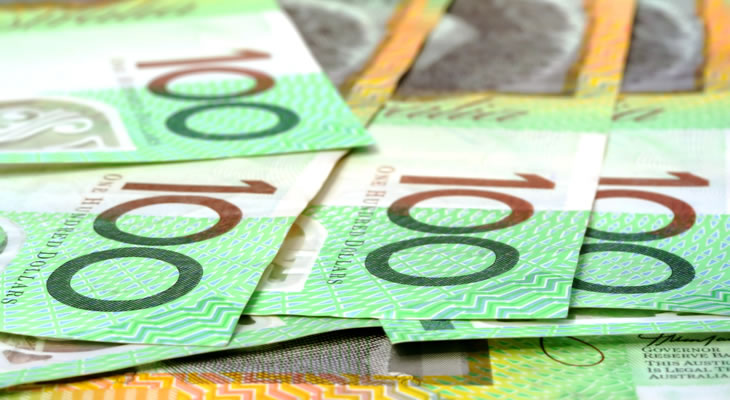Pound Australian Dollar (GBP/AUD) Exchange Rate Climbs as China Growth Disappoints
The Pound Australian Dollar (GBP/AUD) exchange rate is soaring today amid a sharp fall to Chinese export growth. The figures are weighing on the Australian Dollar (AUD) and are in turn helping to push the currency pair higher. Significant gains may be limited by a poor outlook for the Pound (GBP) however.
At time of writing the GBP/AUD exchange rate is at around $1.7581, which is up around 0.8% from this morning’s opening figures.
Australian Dollar (AUD) Slides as Covid Lockdowns Harm Chinese Export Growth
The Australian Dollar (AUD) is tumbling against its rivals today. A major slowdown in China’s export growth is likely pushing the ‘Aussie’ lower. A continued reduced demand for iron ore may also be limiting upward movement for AUD.
Figures earlier today showed export growth in China to have fallen dramatically in April. Exports grew by just 3.9% in comparison to the 14.7% reported in March, the slowest pace since June 2020. Continued Covid-19 lockdowns across China have been highlighted as the likely cause. The measures have restricted activity across major manufacturing hubs and caused some suppliers to suspend operations altogether.
This reduced activity has also led to a sharp fall in the price of iron ore, potentially causing the Aussie to tumble further. Prices for the commodity have fallen by around 6% today so far. The worsening Covid-19 outlook is China may well continue to limit upward movement for AUD.
Pound (GBP) Subdued amid Poor BoE Forward Outlook
The Pound (GBP) is struggling against its competitors today. A retreat in risk appetite may be keeping the currency suppressed. The Bank of England’s (BoE) dovish sentiment and poor outlook is also likely still weighing on GBP following last week’s interest rate hike.
A bleak forward outlook from the BoE has continued to undermine confidence in the Pound. After raising interest rates by 0.25% last week, the central bank warned that the UK could face a recession before the end of 2022. Analysts feel that the dovish stance could signal an end to any future rate hikes from the BoE.
The BoE also revised its inflation forecasts higher causing further dismay for UK households amid the country’s cost-of-living crisis. An expected leap in energy prices in October led the central bank to predict that inflation could rise above 10% in 2022.


Comments are closed.